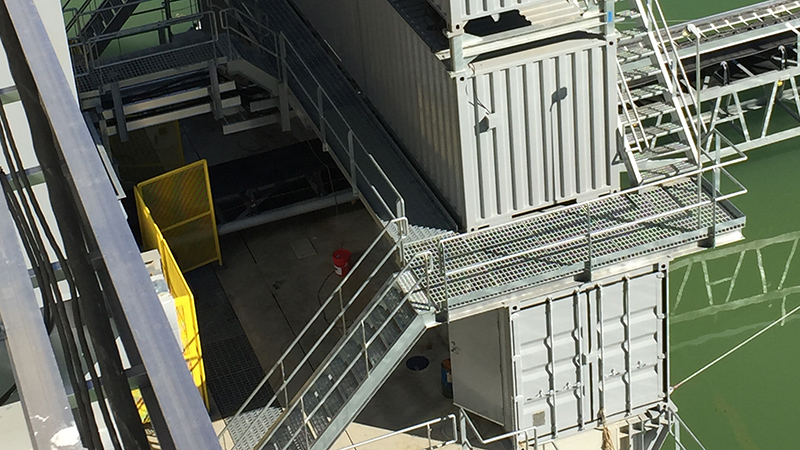If you’re interested in building an event container (or even a home), make sure you know that first things come first: cost.
Did you know that of people who show interest in building a container home, only 25 percent of them have the capital required to do so? Even fewer people know what really goes into building one.
The same goes for event containers, although to a bit different extent (read: no foundation required, usually).
But what is the building process for a typical client? There are seven phases of the design process.
1) Pre-Qualification
Before we spend any money on design and pricing, IPME will find out the legal limitations of the property. Our customers love this because they save time and money on all the legwork that would have been required to obtain all necessary paperwork.
2) Cost Estimate
At this point in the process, your provider should give you a square foot estimate.
Obviously, this can vary greatly project to project, but a good provider will work hard to meet your budget and offer you creative solutions to any problems. We especially take pride in going out of our way to solve customer’s problems and work with their constraints!
3) Planning
Our in-house design and conceptual team helps our client select a floor plan, elevation, and any conceptuals.
4) Construction
Both preparations and construction can begin on-site in this phase.
5) Off-Site Assembly
This is one of the most important parts in the whole process. Many of the most sought-after features must be pre-assembled, both to save time and resources. Certified container fabrication, steel reinforcements, and all hot-work per engineered specifications is prepared for the final interior finishes.
6) Logistics
After the container is assembled, we would coordinate delivery to the site and the crane logistics.
7) Finally! The Final Phase of Construction
This is the best part! The final phase of construction for your shipping container includes setting containers on foundations, completing interior framing, insulation, plumbing electrical and mechanical. At this point in the process, you can ensure that all holes cut in the steel (i.e. windows, doors, etc.) are exactly where you wanted them placed.
To top things off, timing for construction from start to finish is typically 30% faster than conventional.
Do you have any specific questions that we didn’t address? Want to get a quote for a project of your own? Contact us here! We’re happy to answer any questions you might have about building with shipping containers.

